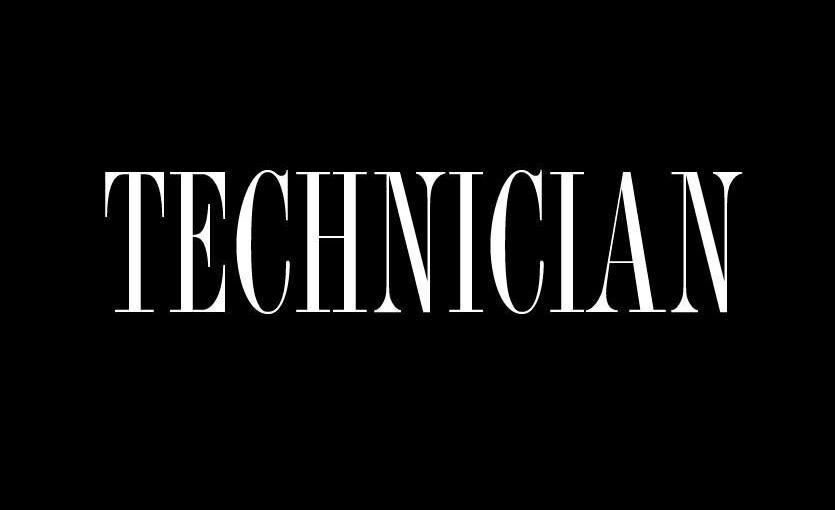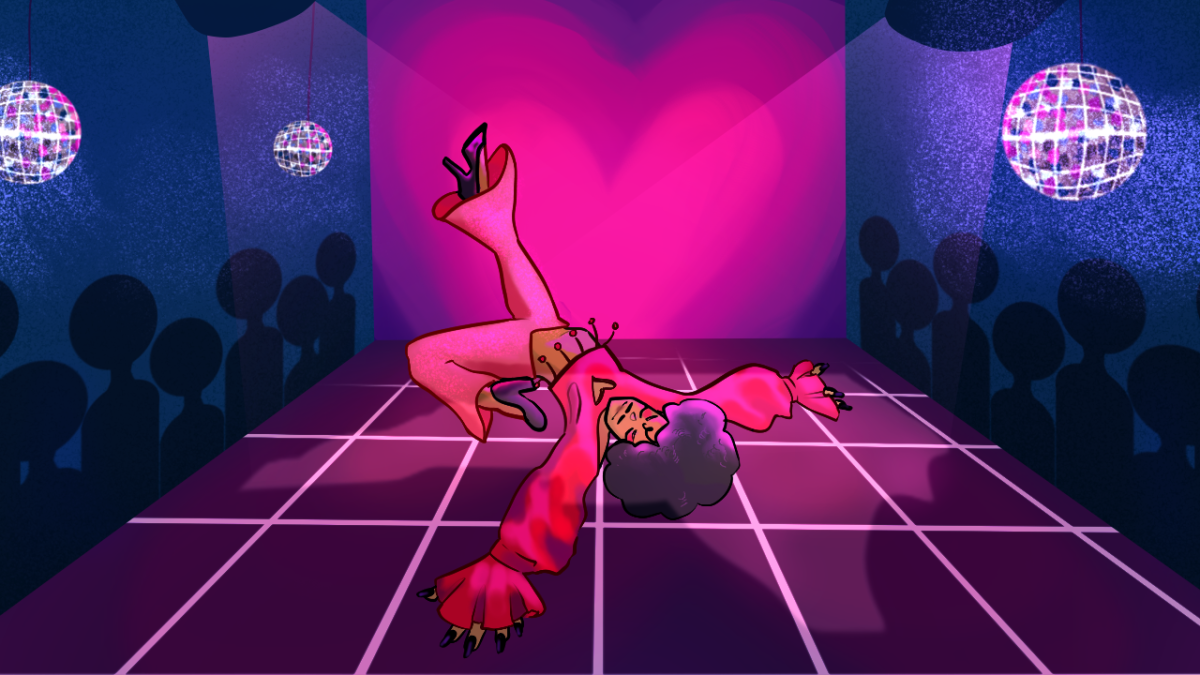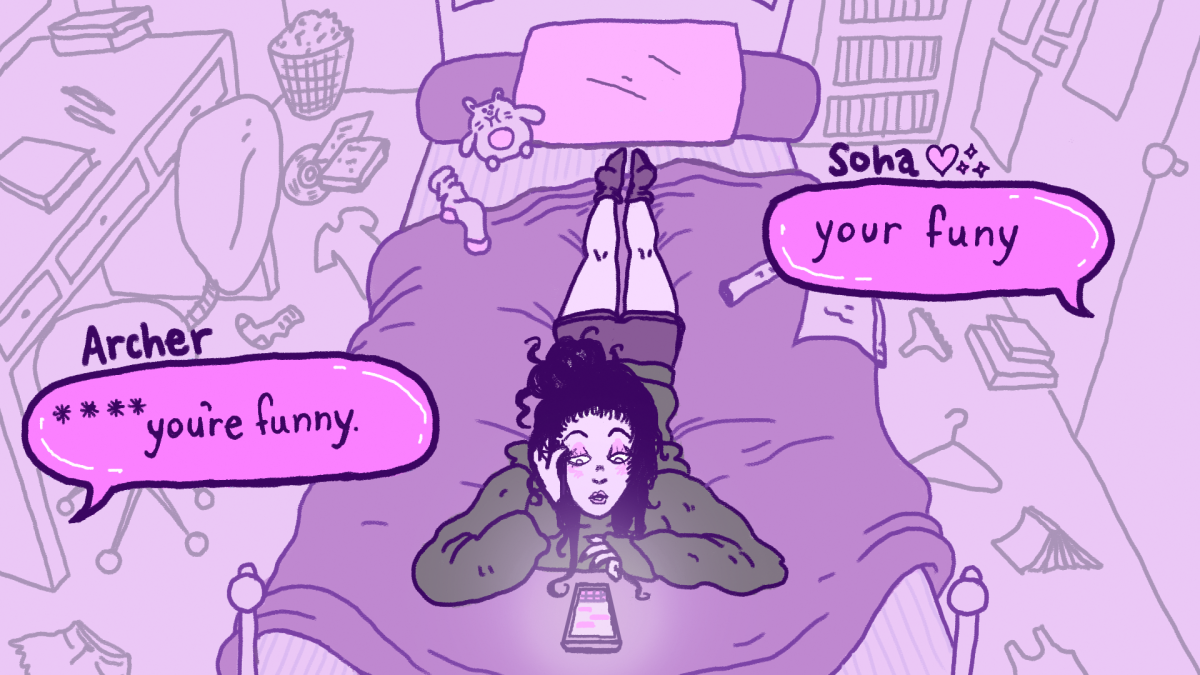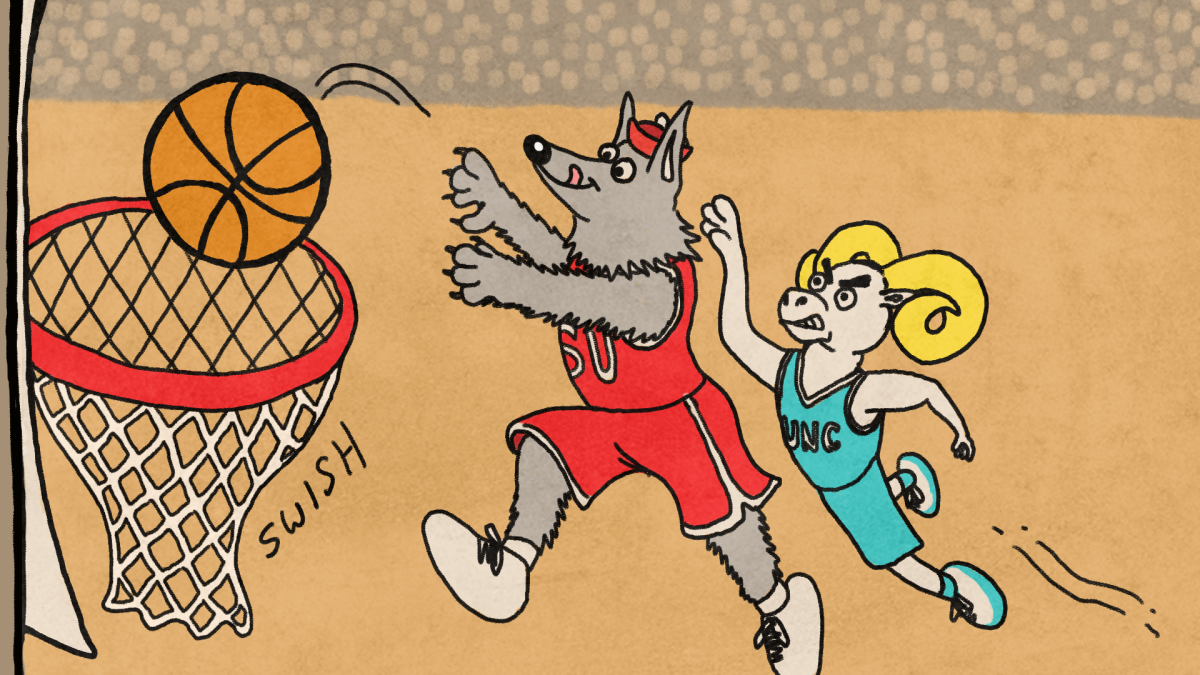In cities across North Carolina, movement, music and community thrives through the ballroom scene. Originating in Harlem in the 1960s, ballroom is an underground subculture created largely by Black and Latinx LGBTQ+ people as a response to exclusion from mainstream society.
At its heart are competitive events called balls, where participants “walk” categories ranging from voguing dance battles to runway fashion showcases. Ballroom is more than just dancing — it is a sign of survival against oppression, a form of art and a chosen family for those cast away from their own.
Yet in today’s political and social climate, these spaces face growing threats, making their preservation increasingly important.
Ballroom has always been more than performance. For Black and Latinx LGBTQ+ communities, it became a safe space when society closed its doors. Houses, chosen families within the ballroom community, have provided support and a place to belong. Categories like runway, face and vogue offered ways to transform pain into art.
That tradition of expression and sanctuary continues in Charlotte, Durham and other cities in North Carolina. The stages may be smaller than those with more visibility in New York or Los Angeles, but the cultural impact is no less important.
In the South, where hostilities can run high, the ballroom floor may be the only space where queer and trans people of color can be their fullest selves.
But these spaces are fragile. Venues that host balls often face criticism or lack consistent support by the community, leading to a need for preservation. As cultural institutions that remain underground, ballroom events rarely receive the protections or sponsorships that mainstream arts enjoy.
Political rhetoric targeting LGBTQ+ communities also creates risks against safe gatherings, pushing some organizers to operate with caution or scale back events entirely.
Protecting the ballroom community in North Carolina means more than saving a stage. It means safeguarding a space where young queer people of color can find affirmation in a region where acceptance is generally withheld. It means defending a culture that has shaped music, dance and fashion worldwide, even if its local foundations remain overlooked.
Losing ballroom spaces would mean losing modern examples of resilience in the face of oppression. They are more than just sources of entertainment; they are rich threads in the tapestry that is our nation’s history.
Support can take many forms. For allies and community members, that might mean showing up at events, volunteering, donating to houses or advocating for policies that protect LGBTQ+ gatherings. For artists and institutions, it means recognizing the ballroom scene as a legitimate cultural space deserving of funding and visibility.
In a moment where so many queer spaces across the South are shrinking, North Carolina’s ballroom scene offers a reminder of what is at stake. These floors are where family is built and authenticity takes center stage.
Spaces like ballrooms matter far beyond the runway. They provide affirmation for those who are often denied it elsewhere and foster creativity that spills into broader pop culture. As long as there are balls, the music will play and the runway will shine. Their future rests on the choices made by our community now.
Ballroom has always been about more than working the runway; it has been about creating a world when the world outside refuses. Preserving that spirit in North Carolina may be one of the most important battles for culture and community.




